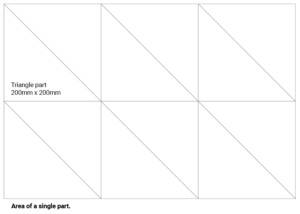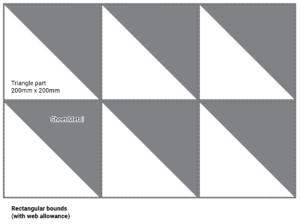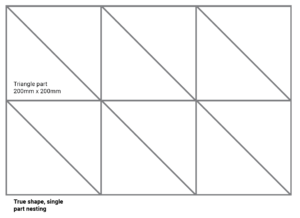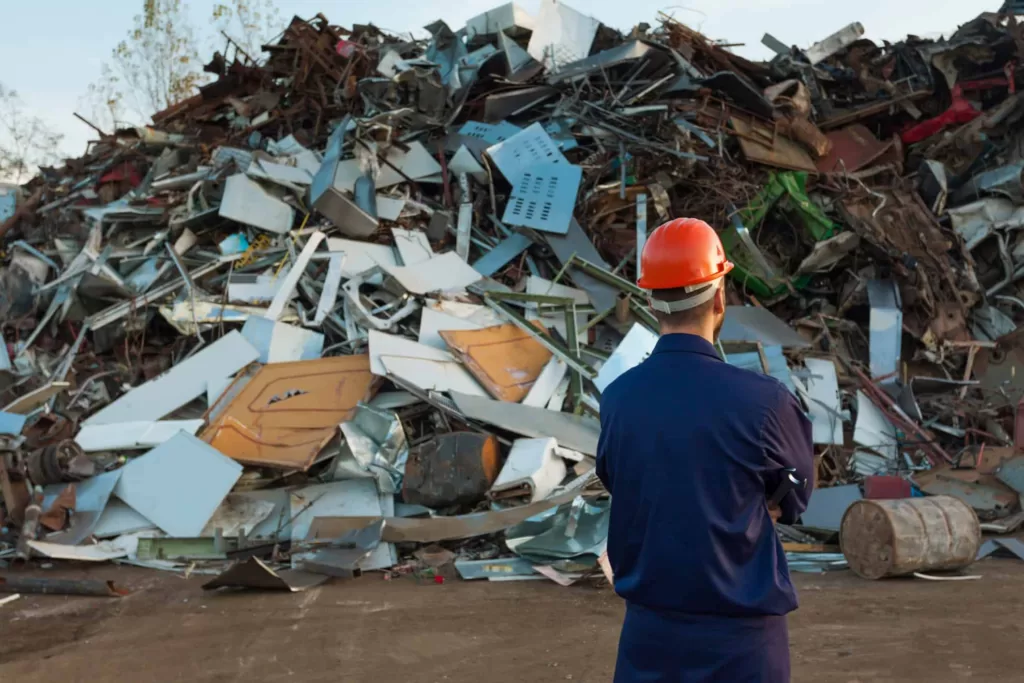The laser cutting industry is a complex one to master. The early years can be particularly difficult if you don’t set up your job shop operations and quoting systems in an optimal way.
As someone who’s been in the industry for decades, both at the practical, hands-on factory floor level, as well as management and ownership level, here’s my advice on how to maximise your profitability. There are great tips for startups and new players here, but the advice will ring true for laser cutting businesses of any age.
Material pricing is always changing
And you’ll need to change your quotes to match it. If you’re quoting a job based on an old part price, and your supplier varies the price of materials, you could end up losing money on the job or charging a price that’s too high for the market. Ultimately, you may end up losing customers, so it’s a fine line to tread. Using a rules-based laser cutting quoting software that ensures current material market pricing can help deliver accuracy and consistency every time. More on this later, but first, how are you quoting?
Is quoting costing you money in the production area?
It’s a common issue amongst job shops. If your customer service staff are preparing the quote, they typically don’t have the experience to know how long different processes will take – from welding, to bending, to folding, to the cutting itself.
So you find yourself in a situation where customer service staff are heading out to the shop floor to ask each specialist how long tasks will take. These specialists (usually some of the higher paid staff) then have to take time away from their work to answer questions or run simulations to determine accurate times.
What you really need is a job shop estimating software system that accurately and consistently quotes the job, including all secondary processes. This way, your customer will receive consistent part prices every time, because nothing annoys them more than receiving two different prices from two different sales staff within the same business! The customer then doubts the pricing, can lose confidence in the pricing, which can then lead the customer to verify pricing by seeking a quote from an alternate supplier.
Have you factored in scrap metal and material wastage?
A recent survey of 100 of our customers worldwide showed that over a two year period approximately 56% of revenue in laser job shops was derived from the sale of material.
The problem of how much material is consumed in a month is always a very complicated calculation and depends on the value of material in work-in-progress, the value of the full sheets in your stores, and the value of the remnants of material you are holding.
It’s crucial that material wastage is considered in your part price calculations, or once again, you could lose money on jobs. Most cutting jobs produce a significant amount of scrap – and even with an optimal set-up, there will always be some material wastage. The key is to set up your material pricing correctly, so the customers are contributing.
There are three common methods for calculating material consumption and, therefore, part price and each creates a different result.
1. Area of a single part. Area-based material consumption is where the area of the part (the part itself, not the bounds) is calculated and then divided into the sheet. It doesn’t allow for any web and is quite inaccurate. In most cases, it gives a lower price per part than is actually consumed.

2. Rectangular bounds (with web allowance). Rectangular nesting is the safest in terms of making sure that you have charged for all the material that is used, given that the rectangular boundary around the part is always larger than the part itself. This means that a larger percentage of scrap is calculated in the part price. This generally results in a lower win rate of quotes, due to the material cost being higher than competitors that are using other methods.

3. True shape single-part nesting. This method uses the best of both worlds. Its main aim is to work out how many copies of a single part can be cut from a single sheet. The calculation for the material component of the part price allows you to apply rules that decide how you should price any remnant associated with the calculated sheet. This is vital as you may be willing to absorb a bit of scrap, knowing there is a good chance of filling it when it comes to production. But in a situation where you are, say, cutting disks that are 65% of the sheet height, and you are cutting a lot of them, you can potentially be stuck with a huge amount of remnant. It is important to understand who is paying for that.

A small change in nesting can mean a big change in annual revenue
Let’s take a simple example of a triangular part with a 100mm base, 300mm apex, and 10mm thickness (we will use the material thickness as the web). We use a triangle here to represent a complex non-rectangular shape, although they are simple to nest and price. If we use three different costing methods (based on a sheet 3000x1500mm with a price of $500), we get three different results.
- Area of a single part results in 300 parts per sheet, with a cost per part of $1.67.
- Rectangular bounds (with web allowance) results in 131 parts per sheet, with a cost per part of $3.82
- True shape single-part nesting (with web allowance) results in 262 parts per sheet, with a cost per part of $1.91
If you use the first method without a significant markup, you run a real risk of losing money on the material component of your quote as there is zero allowance for web and scrap.
In this case, if you use the second method, you will be unlikely to win any work. The third method is the closest to what you will achieve in production and is the safest, most competitive method.
It does not make sense, at the quoting stage, to use multi-part nesting, because you do not know the final mix of parts to be cut, so you cannot be certain you are calculating the optimal price. Single-part nesting, on the other hand, is a highly effective way to calculate the price.
Drawing on Tempus Tools’ experience of more than one million parts quoted, our customers have found that true shape single-part nesting delivers the best economic returns to their laser job shop.
The choice of nesting method also influences where you should set your material markup.
These variations may not be significant for low-quantity jobs, but if you consider that an average laser cutting machine can generate in excess of $1 million in material revenues in a year, you are looking at potential lost revenue opportunities from $50,000 – $150,000, depending on which material nesting you select for your quotations.
The preferred method of calculating the material price for a part price is true shape nesting, as it will rotate and interleave parts to make the best nest, with a close approximation to the CAM system that you’ll actually be cutting the parts with.
Cutting different shapes changes cutting times
In addition to choosing the right nesting type, something that is often overlooked is the cutting times of different shapes. A CAM system will calculate cutting times based on the geometry to be cut, but if you compare a square plate to a circle with the exact same cut length, the circle will be quicker for the machine to cut, because the laser mechanical system does not need to slow down when changing directions.
Ensure your laser cutting quoting software has built-in algorithms that take care of acceleration/deceleration tolerances. Every second of laser cutting time lost is revenue lost.
Make your quoting system work for you
You can see how easy it is for an inaccurate quote to mean that you can lose money, or lose customers. Getting the right quoting system in place is crucial to your job shop’s ongoing success and profitability.
ToolBox, by Tempus Tools, a laser cutting quoting software, was developed as a rules-based SAAS solution with tools specifically designed for smaller job shops to simplify all facets of the quoting process.
Any staff can use ToolBox – no CAD or CAM training or software is required. With ToolBox, you’re not only delivering accurate and consistent quotes every time, but you’re doing it much more efficiently, which means you can respond faster to a Request For Quote, and you’re subsequently more likely to win the business.
Using our own data of more than one million cut parts, we found that an average quote incorporates 5.5 parts. The industry average to quote 5.5 parts is approximately 30 minutes, but with ToolBox, by Tempus Tools, 5.5 parts can be quoted in just two minutes. That’s 15 times faster than the industry average, and it’s totally repeatable every time.
If you’re looking for a rules-based, front-end, sales-focused laser cutting quoting software, ToolBox could be the ideal solution to help grow your business.
Try ToolBox for free for the first 14 days to see just how easy it can be.
Author: Felipe Lechuga, Director, Tempus Tools
![]()





